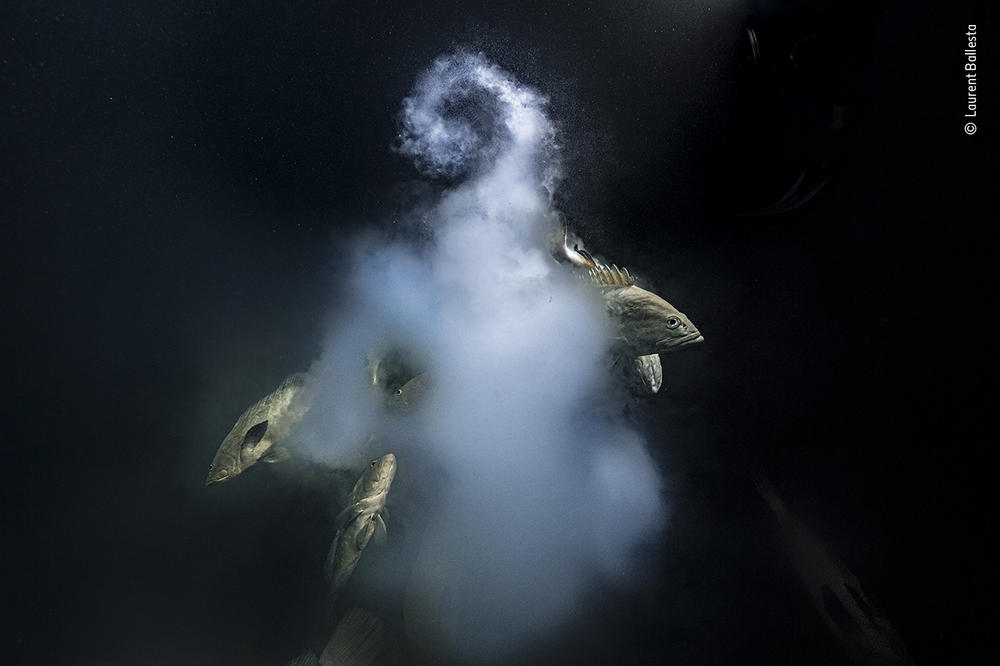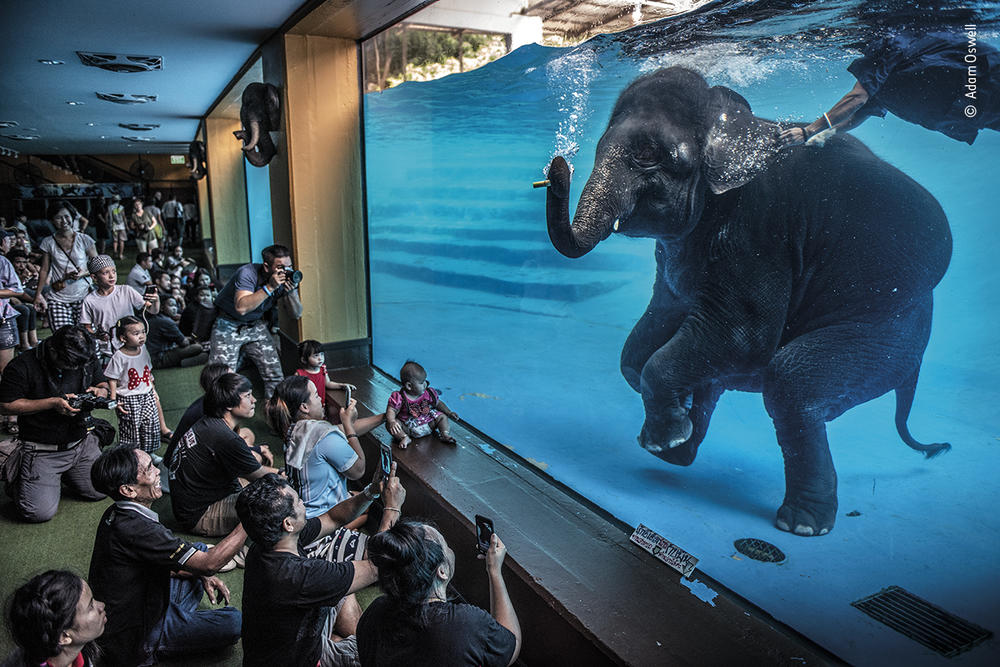Section Branding
Header Content
Immerse yourself in nature with these 2021 Wildlife Photographer of the Year images
Primary Content
The winning images of the 2021 Wildlife Photographer of the Year competition are here, and they're enthralling.
The annual competition is organized by London's Natural History Museum and is recognized as the world's longest-running and most prestigious nature photography competition. In announcing the winners on Tuesday, the museum said it had received more than 50,000 submissions from 95 countries.
The entries in this year's competition — the 57th edition — were judged anonymously by a panel of international experts for "originality, narrative, technical excellence and ethical practice."
"The two Grand Title winners were selected from 19 category winners that celebrate the captivating beauty of our natural world with rich habitats, enthralling animal behaviour and extraordinary species," the museum explained.
The newest Wildlife Photographer of the Year is French underwater photographer and biologist Laurent Ballesta, whose first-place image was actually years in the making.
It's called Creation, and it captures camouflage groupers exiting a milky cloud of eggs and sperm in a biosphere reserve in Fakarava, French Polynesia. The museum said that Ballesta and his team returned to the lagoon every year for five years, "diving day and night so as not to miss the annual spawning that only takes place around the full moon in July."
Camouflage groupers as a species are endangered by overfishing, the museum noted, though these particular fish are protected within the reserve.
"This year's Grand Title winner reveals a hidden underwater world, a fleeting moment of fascinating animal behaviour that very few have witnessed," said Doug Gurr, the museum's director, in a statement. "In what could be a pivotal year for the planet, with vital discussions taking place at COP15 and COP26, Laurent Ballesta's Creation is a compelling reminder of what we stand to lose if we do not address humanity's impact on our planet. The protection provided to this endangered species by the biosphere reserve highlights the positive difference we can make."
The top award in the 17-and-under category (Young Wildlife Photographer of the Year) went to 10-year-old Vidyun R Hebbar of Bengaluru, India.
His image shows a tent spider upside down in a web, against the bright colors of a passing tuk-tuk in the background. The museum said Vidyun loves to photograph the "often-over looked creatures that live in the streets and parks near his home" and was first featured in the competition at age 8.
"The jury loved this photo from the beginning of the judging process," said Natalie Cooper, a jury member and National History Museum researcher, in a statement. "It is a great reminder to look more closely at the small animals we live with every day, and to take your camera with you everywhere. You never know where that award winning image is going to come from."
One hundred images from the competition — contextualized with insights from scientists and other experts — will be showcased in lightbox displays at a special Natural History Museum exhibit. It will open in London on Friday and will travel to venues in the U.K., Australia, Belgium, Canada, Denmark, Germany and the U.S. in the coming months.
And for any curious wildlife photographers reading this: The 2022 competition will accept entries starting Monday, with a close date of Dec. 9.
Check out some of the stunning images from contest winners below.
Copyright 2021 NPR. To see more, visit https://www.npr.org.













